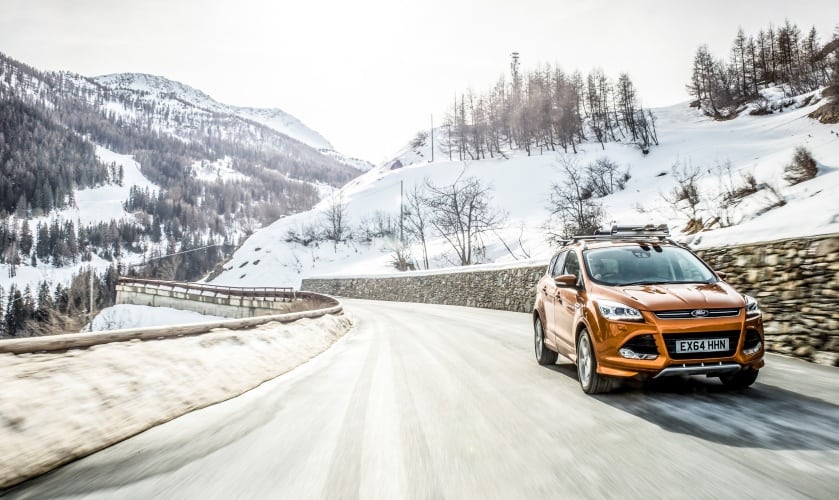The winter weather testing has been taking place in the company’s home state of Michigan, including Mcity – a 32-acre test site at the University of Michigan built specifically for autonomous vehicles. Here, winter temperatures average just a few degrees Celsius above freezing, with heavy snowfall common from December to February.

“It’s one thing for a car to drive itself in perfect weather,” said Jim McBride, Ford technical leader for autonomous vehicles. “It’s quite another to do so when the car’s sensors can’t see the road because it’s covered in snow. Weather isn’t perfect, and that’s why we’re testing autonomous vehicles in wintry conditions
In clear weather, most autonomous vehicles rely on LIDAR to identify their position. LIDAR uses short laser pulses that allow vehicles to create real-time, high-definition 3D images of their environment. In the snow however, LIDAR is unable to see the road, which significantly restricts its functionality.
To combat this, Ford’s autonomous vehicles are using high-resolution 3D maps that include road markings, signs, geography, landmarks and topography. The maps are created by the autonomous vehicles in clear weather, with features such as traffic signs, trees and buildings annotated along the journey. These features are then used to navigate in wintry conditions when the road itself is obscured from view.
“Maps developed by other companies don’t always work in snow-covered landscapes,” said Ryan Eustice, associate professor at the University of Michigan college of engineering, which assisted the carmaker in developing the technology.
“The maps we created with Ford contain useful information about the 3D environment around the car, allowing the vehicle to localise even with a blanket of snow covering the ground.”
According to McBride, the autonomous driving software integrates with the vehicle’s traditional safety systems such as electronic stability control and traction control, which are often employed in winter conditions.
“We eventually want our autonomous vehicles to detect deteriorating conditions, decide whether it’s safe to keep driving, and if so, for how long,” he said.




Swiss geoengineering start-up targets methane removal
No mention whatsoever about the effect of increased methane levels/iron chloride in the ocean on the pH and chemical properties of the ocean - are we...